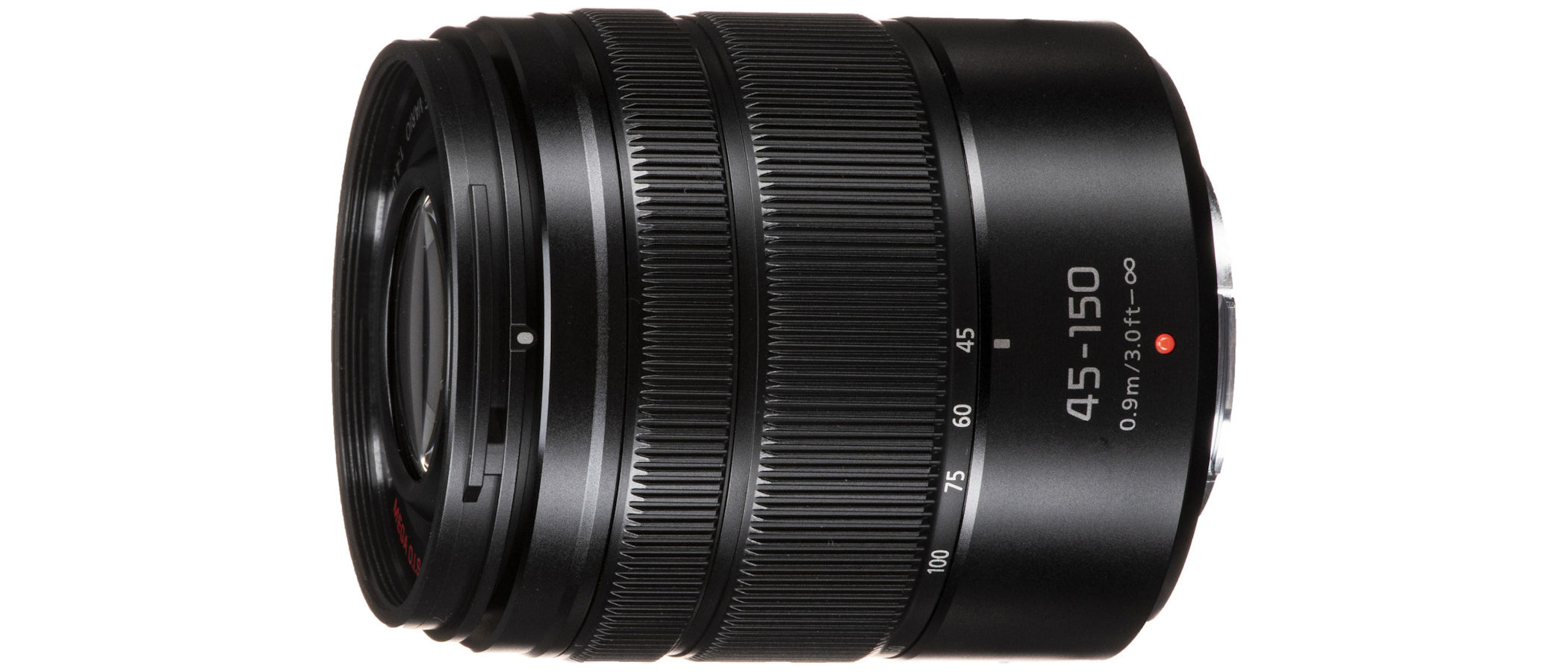Digital Camera World Verdict
Thanks to the 2x crop factor of the Micro Four Thirds system, this lens has an effective zoom range of 90-300mm, putting it in the same ball park as traditional 70-300mm telephoto lenses for full-frame cameras. However, it’s much smaller and more lightweight than most, making it a more ideal travel companion and less of a burden for walkabout photography. The Mega OIS optical stabilization system adds to the attraction but levels of sharpness are lackluster.
Pros
- +
Conventional effective zoom range
- +
Optical image stabilizer
- +
Compact and lightweight
Cons
- -
Lacks the reach of many tele zooms
- -
Uninspiring sharpness
- -
Basic build
Why you can trust Digital Camera World
Competitively priced, the Panasonic Lumix G Vario 45-150mm f/4.0-5.6 Asph Mega OIS is a small lens with a small price tag. Looking every inch like a ‘standard’ zoom (and the inches are very few), it’s incredibly compact and lightweight. Indeed, at just 62x73mm and 200g, it’s only about half the length of most competing budget telephoto lenses for crop-sensor cameras, and around a quarter of the weight of some.
Specifications
Mount: Micro Four Thirds
Full frame: No
Autofocus: Yes
Stabilization: Yes
Lens construction: 12 elements in 9 groups
Angle of view: 27-8.2 degrees
Diaphragm blades: 7
Minimum aperture: f/22
Minimum focusing distance: 0.9m
Maximum magnification ratio: 0.17x
Filter size: 52mm
Dimensions: 62x73mm
Weight: 200g
Key features
The only really long thing about this compact lens is its name. Broken down, it signifies that it’s a Panasonic Lumix G format lens for Micro Four Thirds system cameras, is a zoom rather than a prime, has a not overly slow f/3-5.6 aperture rating, contains aspherical optical elements and features optical image stabilization. The last on the list is all-important for telephoto shooting on Panasonic system cameras that lack in-body image stabilization.
There are actually two aspherical elements in the optical line-up, plus a UHR (Ultra High Refractive) element. Multi-coatings are also applied to suppress ghosting and flare. The aperture is controlled by a fairly well-rounded 7-blade diaphragm, and autofocus is courtesy of a stepping motor that’s quick for stills and enables smooth, virtually silent autofocus transitions when shooting video.
Compared with most budget telephoto zooms for crop-sensor cameras, the maximum effective focal length is pretty short. Applying the 2x crop factor of the Micro Four Thirds system, you only get 300mm at the long end. That equals the maximum reach of a traditional 70-300mm budget tele zoom on a full-frame camera but won’t take you any further. It’s the flipside of the lens being so small and lightweight.
Performance
Testing the lens on a Panasonic G7, we found autofocus to be fast and reliable. The optical stabilizer is worth about 2.5 stops, so doesn’t compare favorably to the stabilizers of many more recently designed lenses. Image quality is good on the whole but, despite its modest zoom range, sharpness is less than impressive towards the long end.
Lab results
We run a range of lab tests under controlled conditions, using the Imatest Master testing suite. Photos of test charts are taken across the range of apertures and zooms (where available), then analyzed for sharpness, distortion and chromatic aberrations.
We use Imatest SFR (spatial frequency response) charts and analysis software to plot lens resolution at the center of the image frame, corners and mid-point distances, across the range of aperture settings and, with zoom lenses, at four different focal lengths. The tests also measure distortion and color fringing (chromatic aberration).
Sharpness:
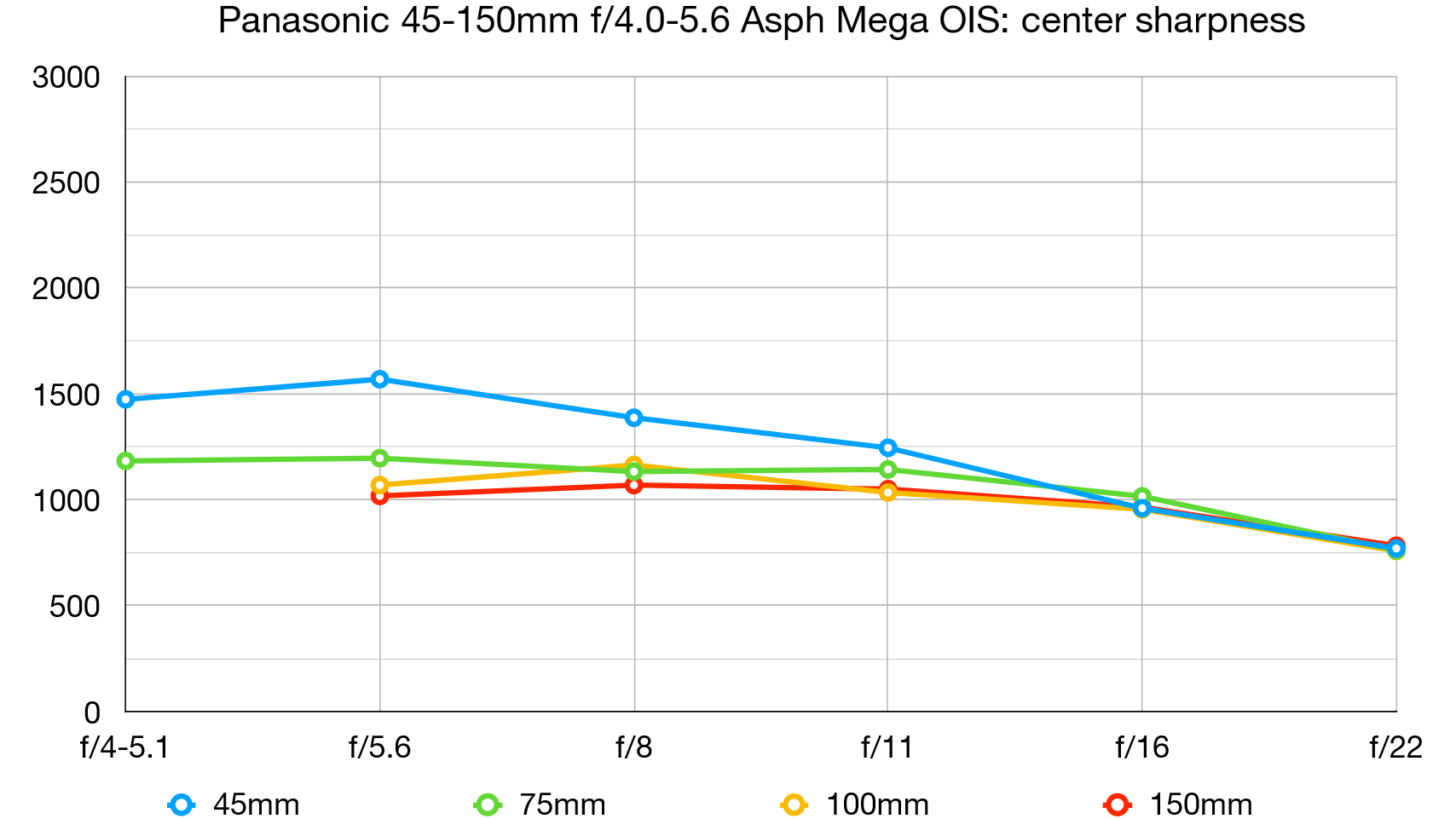
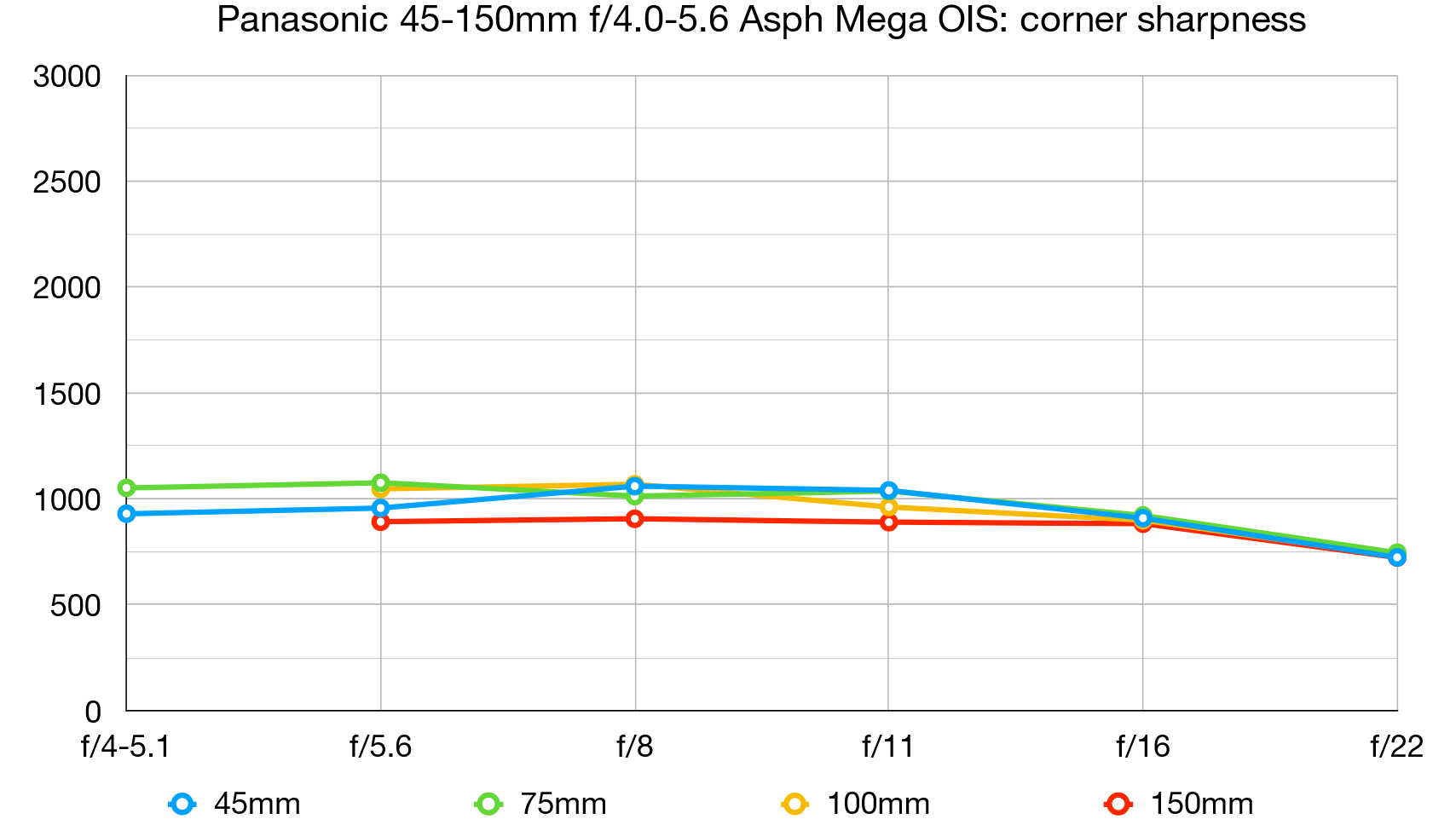
Sharpness is pretty good at 45mm, but lackluster in the mid to long sector of the zoom range.
Fringing:
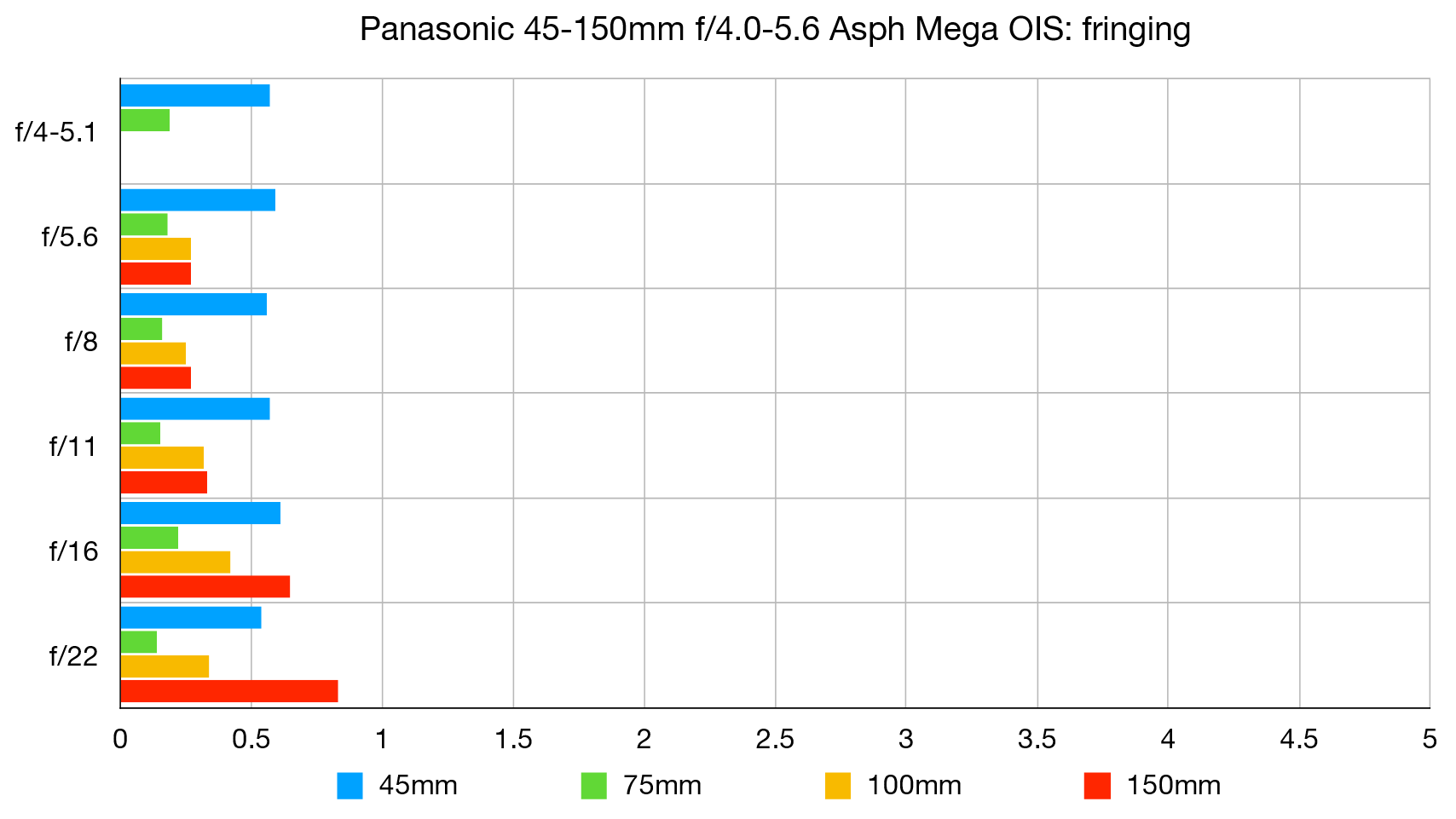
Automatic corrections for color fringing are applied, when shooting in both raw and JPEG quality modes.
Distortion:
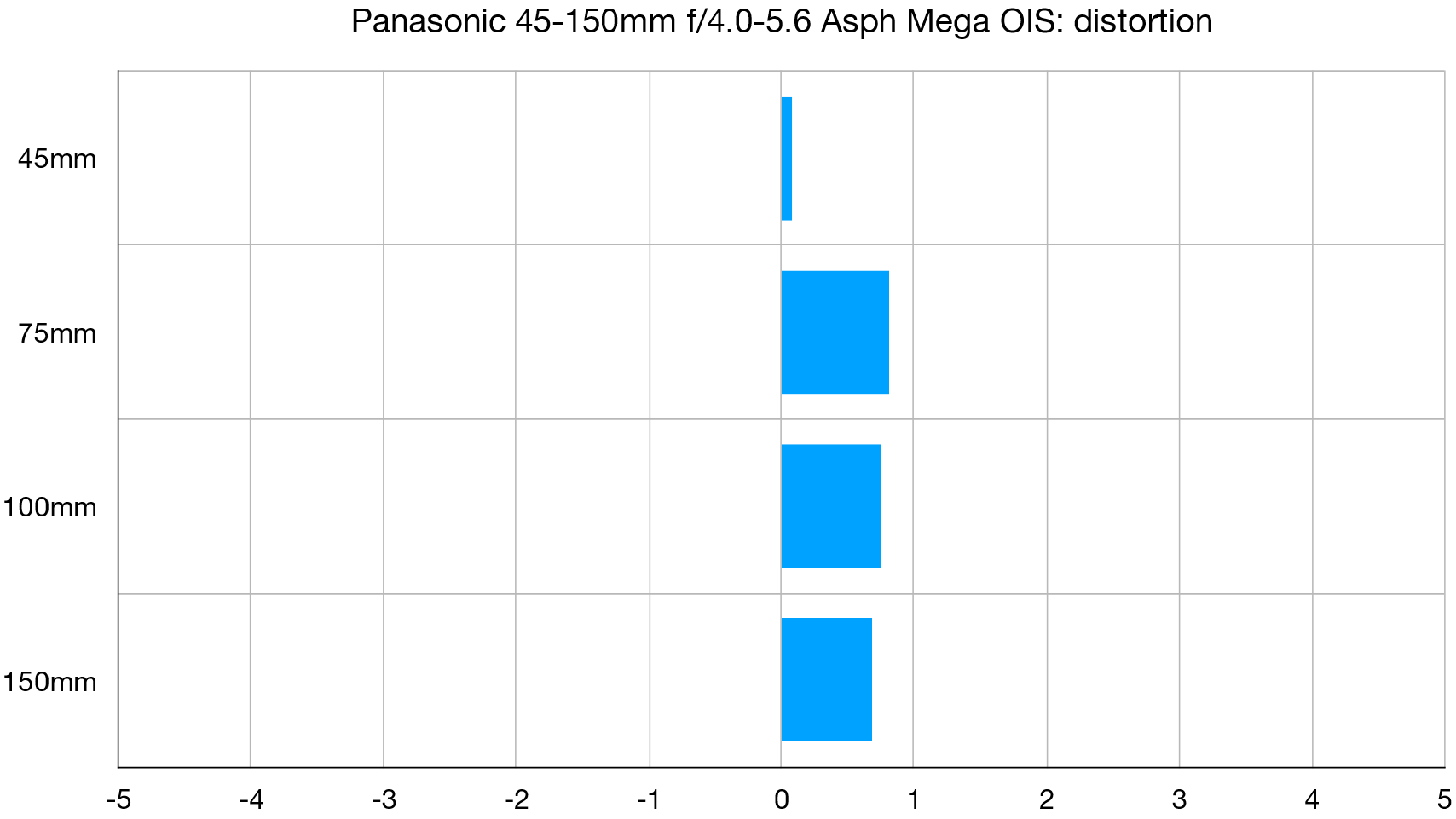
As with color fringing, automatic corrections are applied in-camera, so lab scores for distortions are flattering.
Verdict
Thanks to the 2x crop factor of the Micro Four Thirds system, this lens has an effective zoom range of 90-300mm, putting it in the same ball park as traditional 70-300mm telephoto lenses for full-frame cameras. However, it’s much smaller and more lightweight than most, making it a more ideal travel companion and less of a burden for walkabout photography. The Mega OIS optical stabilization system adds to the attraction but levels of sharpness are lackluster.
Read more:
• Best camera lenses to get
• Best Canon lenses
• Best Nikon lenses
• Best Sony lenses
Matthew Richards is a photographer and journalist who has spent years using and reviewing all manner of photo gear. He is Digital Camera World's principal lens reviewer – and has tested more primes and zooms than most people have had hot dinners!
His expertise with equipment doesn’t end there, though. He is also an encyclopedia when it comes to all manner of cameras, camera holsters and bags, flashguns, tripods and heads, printers, papers and inks, and just about anything imaging-related.
In an earlier life he was a broadcast engineer at the BBC, as well as a former editor of PC Guide.
